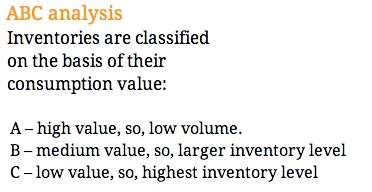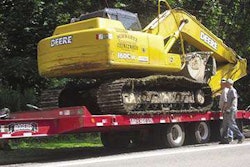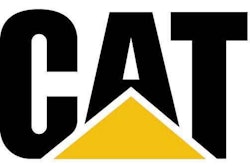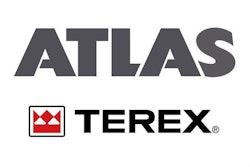
31: Track turn rates
Turn rates (how often items and inventory value are replaced) are important indicators to show what is and is not moving. Slow and no movers can be removed but you need to have a sense of their usage. Tracking turns improves efficiency and costs. Industry turn averages are one turn a year—World Class is two to five turns a year. This is calculated as Cost of Inventory Sold over Average Inventory.
32: Keep the storeroom clean
Clean the stores or parts room on a routine basis. Clutter and trash make it unsafe and difficult to search and retrieve items.
33: Stage jobs
Stage or kit jobs for upcoming work in a designated place. This reduces the cycle time to complete work. An example would be to produce standard kits for PMs (filters, belts, etc.) to shorten prep time. A separate area needs to be marked off to place these jobs so the parts aren’t used for other work and to expedite finding them when the job comes due.
34: Implement a reliability program
A good reliability program identifies and corrects defects through a root cause analysis process, thus reducing the need to perform certain activities. If I can eliminate the need, I can reduce my costs. This is proactive maintenance. It reduces the needs for parts, labor and downtime. Click this link for a description of the process.
35: Use consignment parts
Use consignment parts as much as possible—you only pay for it when it is used.
36: Examine vending machines
There are many vendors now with vending machines that can distribute parts and keep a record of their use. This controls access and provides better tracking than other methods.
37: Eliminate uncontrolled parts storage areas
Collect all the uncontrolled satellite stores (pigeon-holed and rat-holed parts) to eliminate ordering parts already on-hand. Another advantage is having a record of those to prevent redundant ordering.
38: Watch parts usage in the Computerized Maintenance Management System
Use a CMMS system to manage parts—unmanaged parts usually will cost three to four times their value. Also, by tracking parts usage, you can identify culprits or bad actors, e.g. “Why are we having problems with this particular bearing?”
39: Label and mark
Label everything to make it easier to find—time is money. Use overhead banners, placards, labeling, floor tape, to easily identify locations, tools, special storage, etc.
40: Shop around
Look for bulk deals (grease, oil, etc.). You can sometimes get in a rut and buy from the same vendors without comparing prices. It is good to shop around to keep your regular suppliers competitive.
41: Use a BOM
Develop Bill of Materials for each piece of equipment; or at least crucial equipment. Having a list of parts reduces valuable time researching. It also helps with the purging of obsolete parts when equipment is sold or salvaged.
42: Cycle count

43: Eliminate redundancy
Eliminate redundant parts and material from different suppliers. Many times we will have the exact same item but it appears to be different because we have several vendors for the item.
44: Identify critical or insurance spares
They are handled separately from the other parts and should be listed. A good process to identify them is to look at the lead time, cost to carry, impact or downtime, etc. Use this source to help identify whether they should be considered critical spares or not.
45: Review safety stock
Improve safety stock calculation—review and refine. It is a level of extra stock that is maintained to mitigate risk of stock-outs (shortfall) due to uncertainties in supply and demand. Adequate safety stock levels permit operations to proceed according to their plans. Safety stock is held when there is uncertainty in the demand level or lead time for the product; it serves as an insurance against stock-outs. They need to be reviewed periodically and adjusted.
In my next post I’ll look at fuel management, idle time charges and developing an equipment optimization plan.
About the Author














